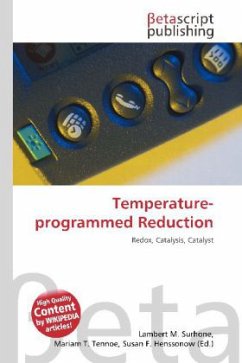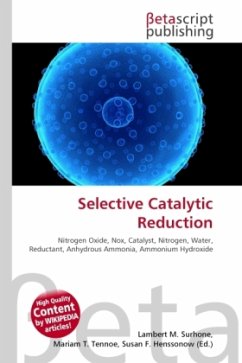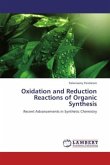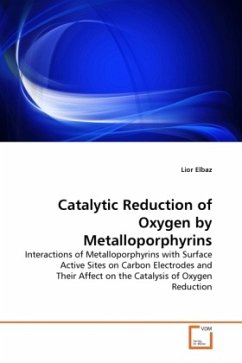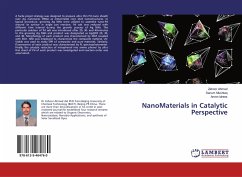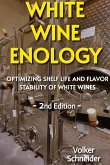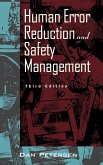Please note that the content of this book primarily consists of articles available from Wikipedia or other free sources online. Temperature-programmed reduction (TPR) is a technique for the characterization of solid materials and is often used in the field of heterogeneous catalysis to find the most efficient reduction conditions, an oxidized catalyst precursor is submitted to a programmed temperature rise while a reducing gas mixture is flowed over it. A simple container (U-tube) is filled with a solid or catalyst. This sample vessel is positioned in a furnace with temperature control equipment. A thermocouple is placed in the solid for temperature measurement. To remove the present air the container is filled with an inert gas (nitrogen, argon). Flow controllers are used to add hydrogen (for example, 10 Vol -% hydrogen in nitrogen). The composition of the gaseous mixture is measured at the exit of the sample container with appropriate detectors (thermal conductivity detector, mass spectrometer). Now, the sample in the oven is heated up on predefined values. Heating values are usually between 1 K/min and 20K/min.
Bitte wählen Sie Ihr Anliegen aus.
Rechnungen
Retourenschein anfordern
Bestellstatus
Storno

